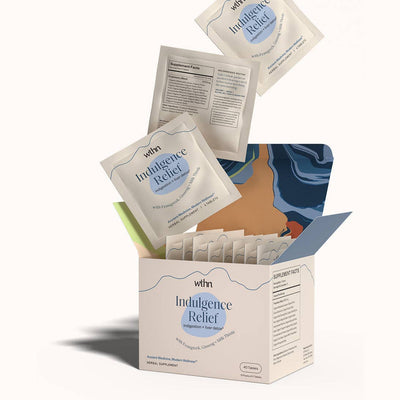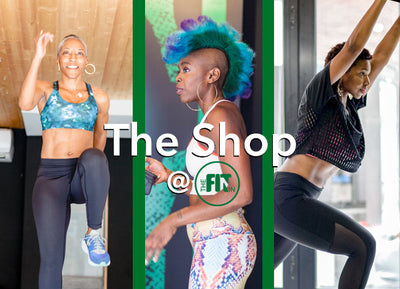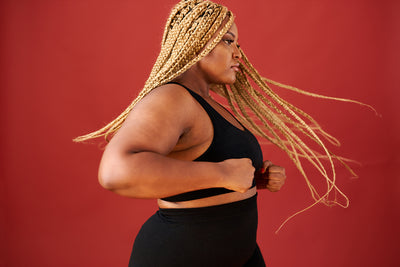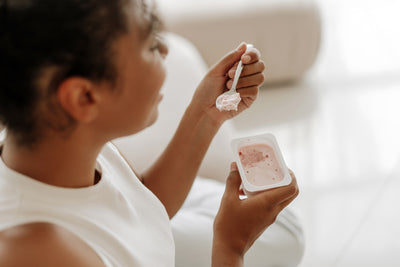Seems like hot girl summer might be back on. Let’s face it, you might not be ready either. A survey from the American Psychological Association, millennials gained an average of 41 pounds during the pandemic.
But don’t fret. Your fitness favs at The Fit In are here. But to ensure you don’t bust a knee doing the buss it challenge, here are some tips to getting back in shape, safely at home, outside, or in the gym.
1. STRETCH!
It is important to stretch before and after working out. Stretching keeps our muscles flexible and strong, which is important for maintaining a range of motion in our joints. By stretching you reduce the likelihood of muscle strain. Stretching also promotes circulation and gives you an opportunity to become aware of your body’s abilities.
When stretching, start small. Get a slight stretch, holding a comfortable position for 15-30 seconds, and increase the intensity as you feel more comfortable. When you’re stretching, take slow, deep breaths.
Consult a doctor about stretching if you have a limited range of motion, inflamed or infected joints, or are recovering from a bone fracture, sprain, or strain.
2. Start slow and small
If you haven’t worked out in a while, it’s best to start out slow, focusing on how you’re performing the movements. Your body needs to get acclimated to exercising again. It’s very normal to need to lift lighter weights, reduce the number of reps, or have less stamina than you once had. As your body becomes used to working out, you can gradually increase reps, weights, and any other unit or measure.
3. Prioritize form
Good form is essential during strength training. Proper form reduces the likelihood of an injury like a muscle strain or equipment-related injuries. But proper form doesn’t just prevent injury. It also helps you work out more efficiently and allows you to focus on the right muscle groups.
4. Drink plenty of water
It goes without saying, mind your own business and drink plenty of water. When you’re working out, you need to drink even more water than usual, as you lose water with the extra exertion. Plan to drink up to 20 ounces of water two to three hours before you start working out, then drink another eight to ten ounces a half hour before the start of your exercise. Continue to drink water throughout your workout and immediately after you’ve finished. One of our favorite water bottles are these Brita Premium Filtering ones so you have fresh water wherever you go. You can tell if you’re properly hydrated by the color of your urine. Yellow urine is healthy, however, darker-colored urine is a sign of dehydration or illness. You should seek medical treatment if you have persistent dark-colored urine. Transparent urine is a sign of overhydration, consider drinking less water.
5. Take a break
You might feel the need to dive into a six-day-a-week workout routine. Don’t.
Just because you aren’t working out doesn’t mean your body isn’t doing work. After you exercise, your body is working to repair and replenish itself. That’s why rest days are essential. Plan for active and passive rest days. On passive rest days, you are resting, maybe doing basic household chores but not overdoing it. On active rest days, plan for moderate activity like walking around the park, bike riding, or swimming. Your active rest days boost recovery by increasing blood flow and helping muscles to repair, while your passive rest days are giving your body the rest it needs.
6. Get properly suited and booted
This may not seem important but what you wear to work out plays a role in how effectively you work out. The geniuses behind the athletic wear actually designed workout clothes for different activities and activity levels. The clothes can impact how you feel and smell during and after your workout.
- Cotton workout clothes are best for low-intensity workouts like yoga and light resistance training. Cotton absorbs moisture like a sponge, which can make for an uncomfortable Stronger session.
- Wicking fabrics like spandex, nylon, and polypropylene are best for high-intensity workouts. Wicking fabrics pull moisture away from the skin and help reduce your body temperature when working out in warm weather. The downside: odor-causing bacteria really like these man-made fabrics, so odors are common.
Similarly, selecting the right footwear can improve your workout. If you’re planning a lifting session, wear sneakers that keep your feet low to the ground like Converse. If you’re attending a HIIT class, consider a lightweight shoe that keeps you close to the ground and provides arch support, like the Nike Metcon.
If you’re planning to run, the type of shoes you wear should depend on where you run. If you are running on a treadmill, go with a lightweight, uncushioned shoe. The treadmill is designed to be softer than the streets, so you don’t need as much cushion. If you’re running on pavement, buy road running shoes.
7. Listen to your body
If you are feeling sick, fatigued, or in pain, don’t work out. You are doing more bad than good if you push yourself when you are unwell. If you suddenly feel pain while working out, stop what your doing. You can readjust or move to another exercise that does not hurt. If that pain continues, end your workout and give your body a chance to recover.








Leave a comment